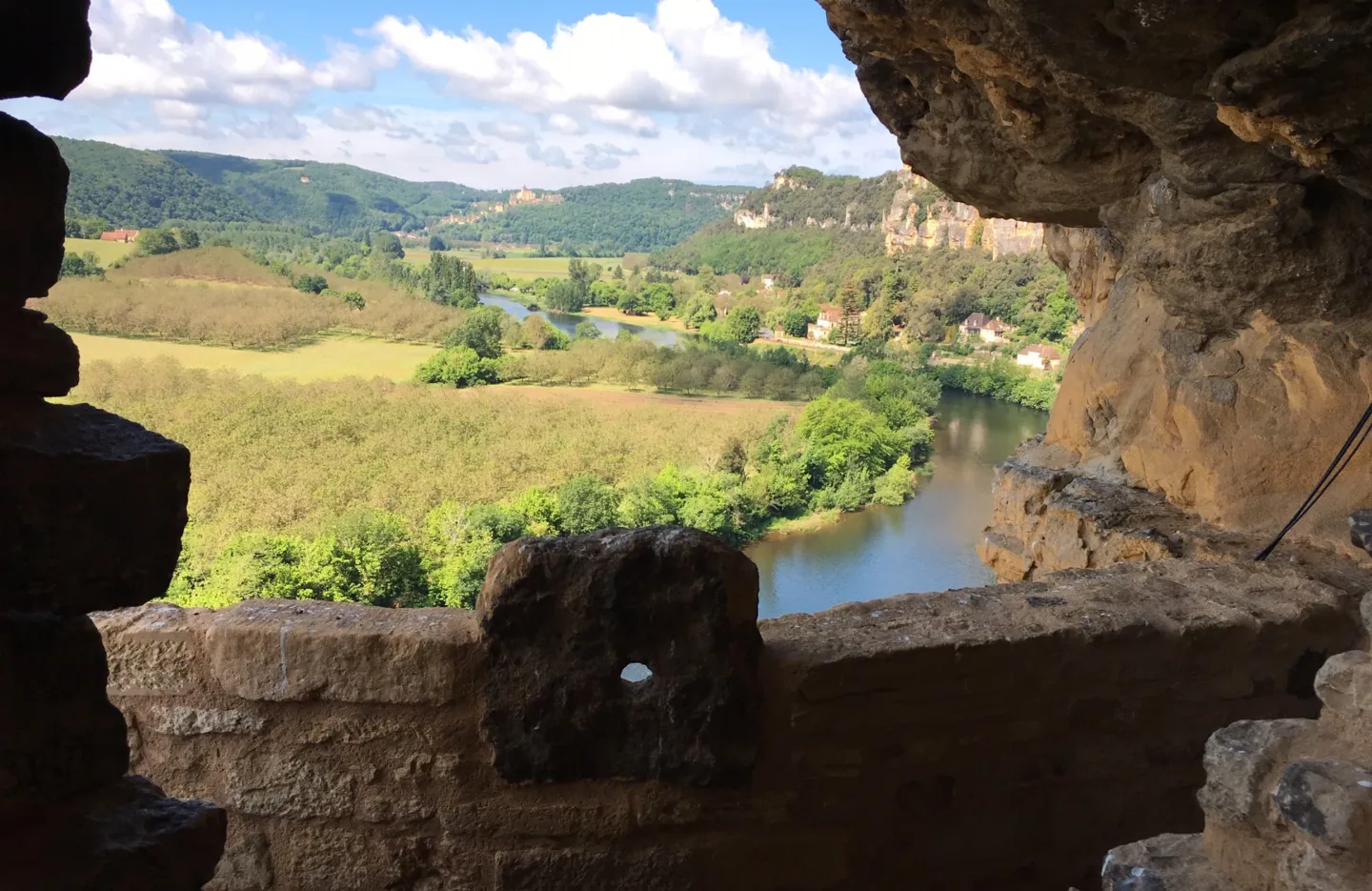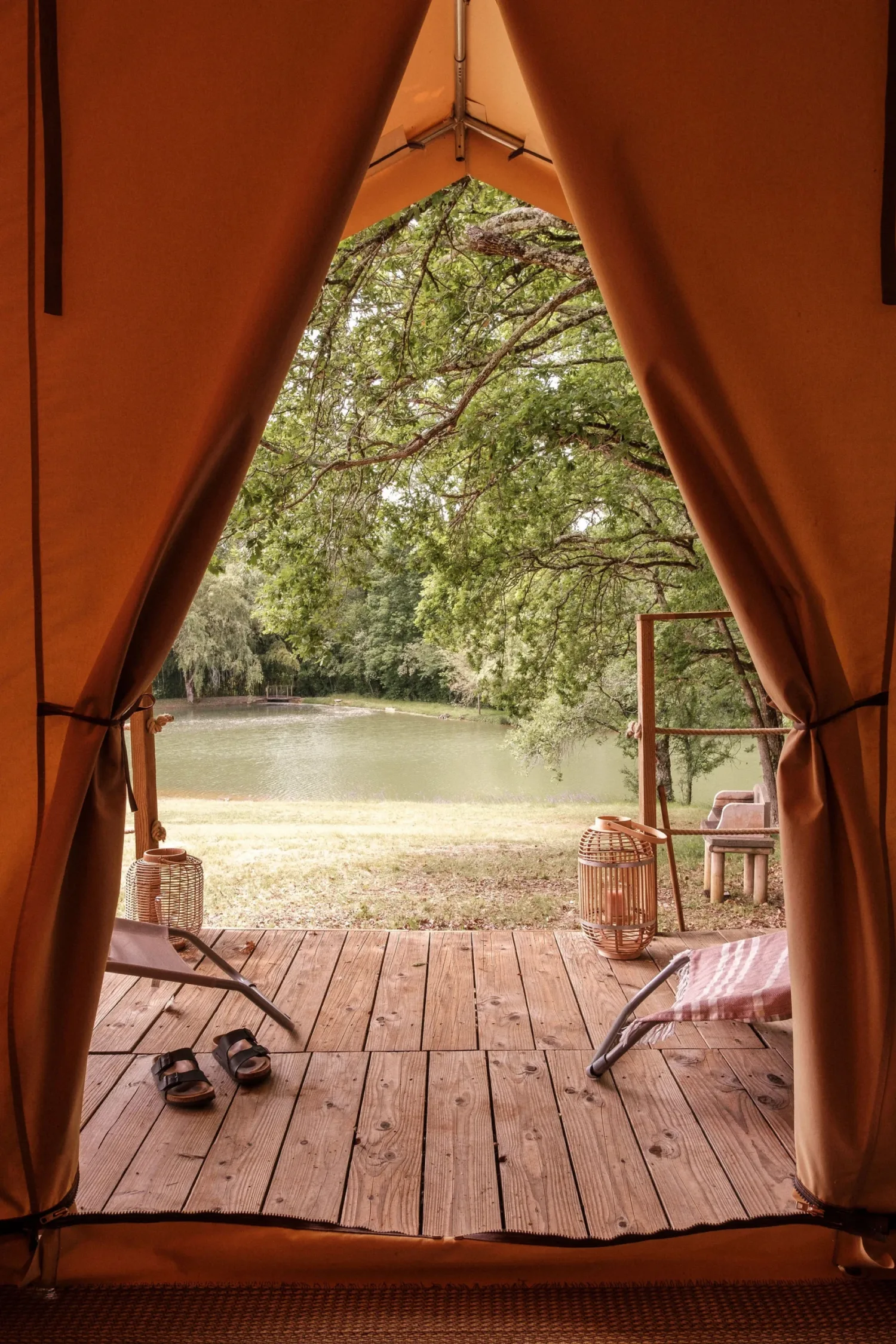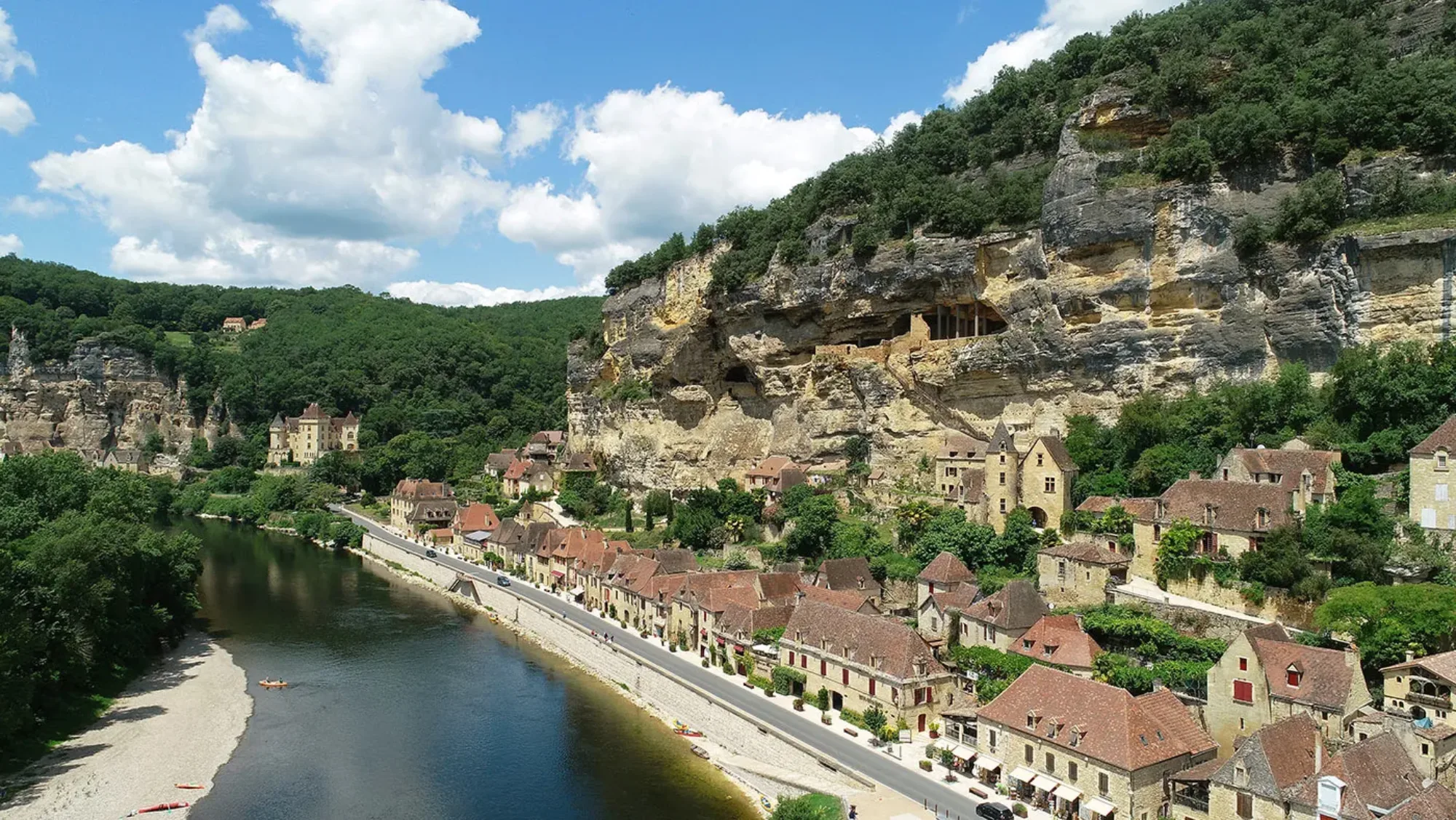Fort de la Roque-Gageac

In the heart of Périgord, 6km from our Saint-Cybranet campsite at Slow Village, the cliff of La Roque-Gageac is home to the remains of a fortress built in the 12th century. Perched at 120 metres, it offers an exceptional 180-degree panorama of the Dordogne valley. Explore the La Roque-Gageac troglodyte fort to learn more about its history and enjoy the breathtaking view!
Thehistory of Fort de la Roque-Gageac
Built around 1280, the fort was partly erected in a natural cleft in the limestone cliffs characteristic of the Périgord Noir region. Sheltered by a double wall, the Fort de La Rogue-Gageac was impregnable in the Middle Ages. Situated more than 40 metres above the river, the fort was once a large-scale building complex with an elaborate defensive system. The strategic role of this troglodytic fort was to serve as a refuge for man and to control navigation on the Dordogne.
A defensive fortress
When it was built, the rock shelters naturally present were used to build an impressive defensive system. A vertiginous wooden staircase, steps carved out of the rock leading to a ditch, and a first door lined with a stunner. There's also a sentry walk, and thick walls with archways, loopholes and gunports. Impossible in the Middle Ages, neither the English during the Hundred Years' War, nor the Protestants during the Wars of Religion, succeeded in storming it.
What can you find in and around the Fort?
Once the residence of the Abbot and then the Bishops of Sarlat, the Fort originally contained up to 5 noble houses with outbuildings and a fountain known as the Balme. But there's also the knights' house, the river, and the village houses, tightly packed in rows and separated by a maze of narrow, hard-to-reach streets.
The Fort, at the very top of the hill, is the last stop where you can entrench yourself if need be, sheltered behind the walls which have been heightened and completed with watchtowers.

Le Fort, victim of the cliff's whims
Since 1957, the Fort de La Roque-Gageac has been weakened by successive landslides. Then, in 2010, the roof of the fort partially collapsed, leading to the demolition of the built remains and consequent closure of the site. The municipality of La Roque-Gageac then undertook major consolidation and safety work on the Fort de La Roque-Gageac and its cliff to preserve this precious witness to the village's history.
In 2019, Jean-Max Touron, an enthusiast for troglodytism, prehistory and the Middle Ages, decided to restore and develop the site. And so, since June 2020, the Fort de La Roque-Gageac has enriched the fortified heritage of the Périgord Noir.
A visit to the Fort de La Rogue-Gageac
A dive into history
At the end of a 140-step ascent, you'll reach the parapet walk, with its moat covered by a wooden footbridge, where the Fort unveils an exhibition retracing the history of the village, and enjoy a 180-degree view of the valley identical to that enjoyed by the lookouts of yesteryear. During your visit to the Fort, you'll also discover a 3D reconstruction of the fortress in the Middle Ages. This video offers a true immersion into the glorious past of the 15th century, as well as the exceptional natural setting of La Roque-Gageac.
A refuge for birds of prey
From the top of the Fort, you can watch the graceful ballet of the birds. Thanks to its location near the river, the village's microclimate and the cliffs that provide a choice refuge, La Roque-Gageac is a village of many birds and birds of prey. Depending on the season, you can admire jackdaws and black kites, as well as peregrine falcons scanning the horizon with their piercing eyes, and even the tichodrome échelette with its wings outlined in red.
Rates, opening hours and practical information
Prices range from €3 to €7, depending on your profile. Admission is free for children under 10.
For further information, please visit the official website: https: //www.fortdelaroquegageac.com/


